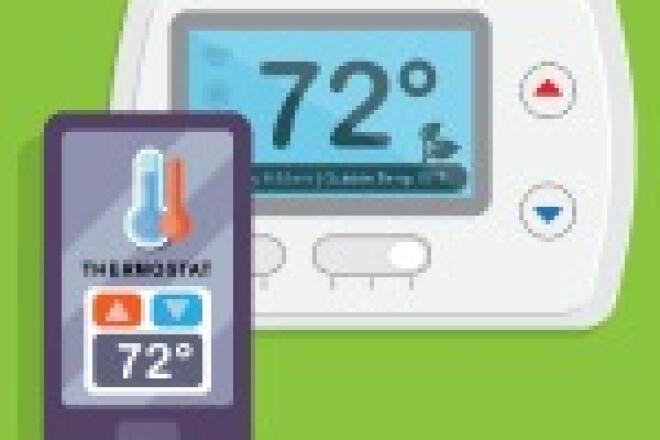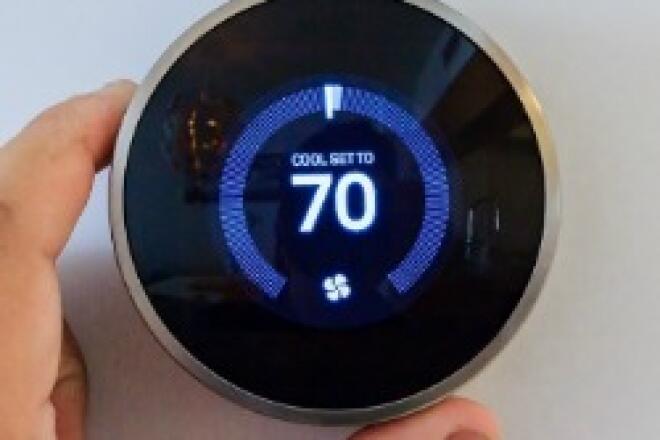
4 Tips for Saving Energy with Smart Home Devices
There can be many benefits to setting up smart home devices around your home, including convenience, security and comfort.
In addition, many of these devices also make your home more energy efficient and can lead to savings on your monthly power bills. And, depending on your comfort with technology, many can be painlessly set up and will quickly begin reducing your home’s energy usage.
Let’s look at four tips for saving energy at home with smart home devices:
1. Purchase some smart plugs or outlets to make existing appliances smart.
Smart plugs (or related technologies like the smart outlet or smart power strip) are a great place to start. These devices are relatively inexpensive, have numerous uses beyond energy efficiency and effectively give smart capabilities to your existing, “dumb” lamps, fans, coffeemakers and other home appliances.
With this category of smart home technology, you can turn nearly any “on/off device” into a smart device. You can easily set a schedule for when your appliance operates, use an app to control remotely, connect it to your smart speaker for voice commands and much more. If you’re looking for a quick entry to smart home devices, this is likely it.
2. Install smart blinds or window shades to optimize natural lighting.
Smart blinds or windows shades are a sizeable investment for your home, especially when compared to the humble smart outlet, but these automated window treatments can help save energy, while also boosting home security.
Similar to smart outlets, they can be controlled via voice commands or an app, be set on a daily schedule, or, with certain models, automatically adjust to the position of the sun throughout the day, saving you money on your heating and cooling costs. Smart blinds are an often-overlooked member of the smart home family but are worth looking into if saving energy is your goal.
3. Swap your old bulbs with energy-efficient, smart LEDs.
LED lightbulbs have been one of the best energy-saving technologies in the game over the past decade – as they use about 90 percent less electricity than incandescent bulbs. If you haven’t upgraded your home’s lighting yet, consider purchasing the smart variety of LED bulbs for added benefits.
Like other smart home devices, these bulbs can be controlled remotely via app or smart home hub, adjusted by voice command and set on a consistent schedule. Now a relatively inexpensive home upgrade, smart bulbs can also be dimmed, saving you even more on lighting costs.
4. Upgrade to a smart thermostat for big savings on heating and cooling.
Finally, a smart thermostat is one of the best ways to make a dent in your overall energy usage. These devices can deliver annual savings of 15 percent or more on heating and cooling, and since this is a major area of the average home’s usage, they can save potentially save you hundreds of dollars per year (depending on home size, behaviors and other factors).
Smart thermostats today are no longer the luxury device that they were five to 10 years ago, and there are many different options depending on your budget and desired features. Many power companies also offer rebates to help their customers access these energy-saving devices, so if you’re considering one, it’s worthwhile to check with them before purchasing.
Installing smart home devices is a great way to become more energy efficient, and depending on your needs, budget and comfort with technology, you can make a difference with just a small financial investment (e.g., bulbs and outlets), or you can go big and automate much of your home. Either way, you can noticeably lower your energy usage, while enjoying other benefits like comfort, security and convenience.



